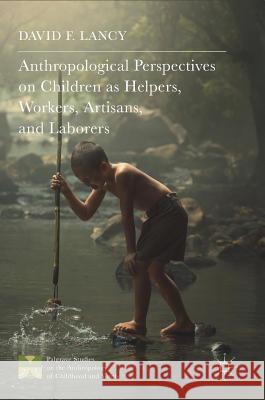Anthropological Perspectives on Children as Helpers, Workers, Artisans, and Laborers » książka
topmenu
Anthropological Perspectives on Children as Helpers, Workers, Artisans, and Laborers
ISBN-13: 9781137533531 / Angielski / Twarda / 2017 / 245 str.
Anthropological Perspectives on Children as Helpers, Workers, Artisans, and Laborers
ISBN-13: 9781137533531 / Angielski / Twarda / 2017 / 245 str.
cena 605,23
(netto: 576,41 VAT: 5%)
Najniższa cena z 30 dni: 578,30
(netto: 576,41 VAT: 5%)
Najniższa cena z 30 dni: 578,30
Termin realizacji zamówienia:
ok. 22 dni roboczych
Bez gwarancji dostawy przed świętami
ok. 22 dni roboczych
Bez gwarancji dostawy przed świętami
Darmowa dostawa!
Two prominent themes receive particular emphasis: the processes involved in learning to work, and the interaction between ontogeny and children's roles as workers.











